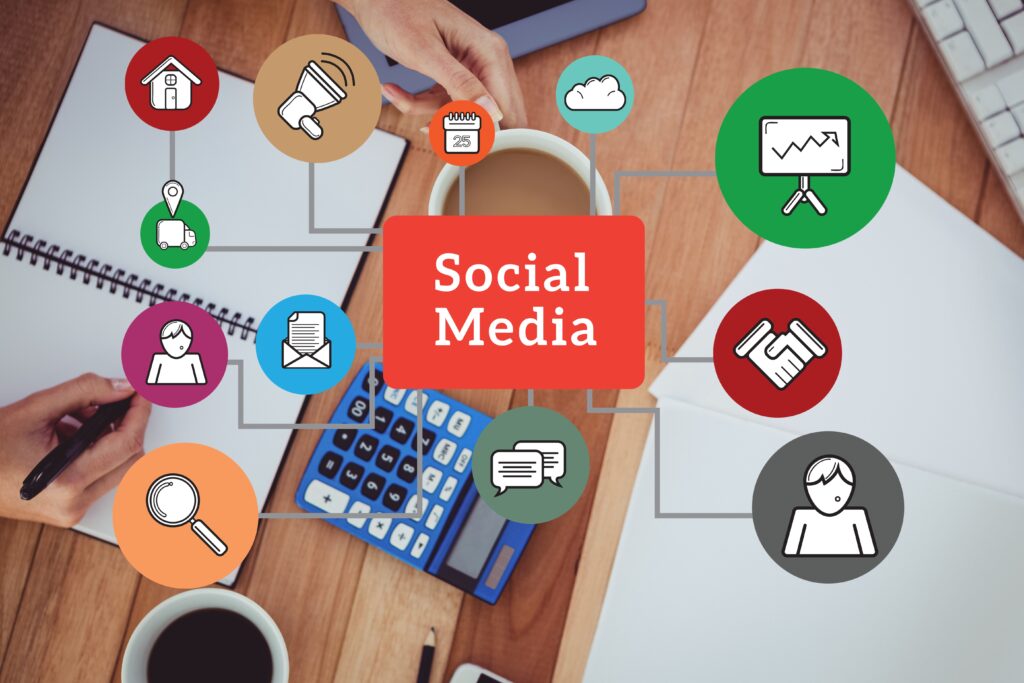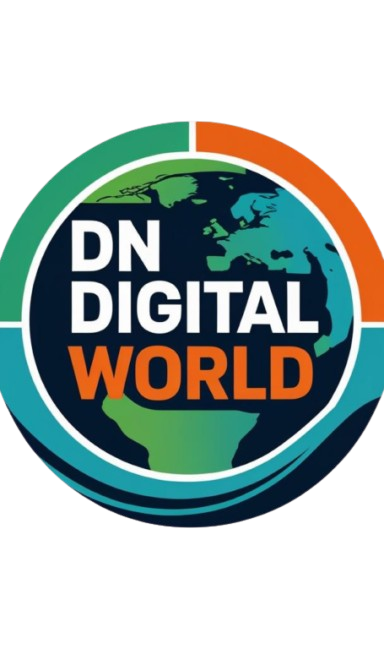Digital marketing has become the backbone of modern business growth. With millions of people spending time online every day, companies need to position themselves strategically to capture attention. But for beginners, one question often arises: “What are the 5 pillars of digital marketing?”
In this article, we will break down these five essential pillars in a structured and easy-to-understand way. By the end, you will have a clear idea of how each pillar contributes to building a strong digital presence.
Why the 5 Pillars of Digital Marketing Matter
Before exploring each pillar, it’s important to understand why they are considered the foundation of digital marketing.
- They provide a systematic approach for reaching and engaging audiences online.
- They ensure that marketing efforts are balanced and effective, not one-dimensional.
- They help beginners and professionals alike organize their strategies and measure success.
Without these pillars, a digital strategy may lack direction and consistency.
1. Search Engine Optimization (SEO)
The first and most crucial pillar of digital marketing is Search Engine Optimization (SEO). Simply put, SEO is the process of making your website more visible on search engines like Google. The higher your site ranks, the more organic visitors you attract—without paying for ads.
Key aspects of SEO include:
- On-Page SEO: Optimizing website content, titles, and keywords.
- Off-Page SEO: Building backlinks and authority from other trusted sites.
- Technical SEO: Enhancing site speed, mobile-friendliness, and overall usability.
Example: A local bakery that invests in SEO may appear on the first page when someone searches for “best bakery near me.”
2. Content Marketing
The second pillar is Content Marketing, which revolves around creating and sharing valuable information to attract and educate potential customers. Content marketing builds trust and establishes authority in your niche.
Forms of content include:
- Articles and blogs
- Videos and webinars
- Infographics and case studies
- E-books and guides
The goal is to provide solutions and insights, not just promotional material.
Example: A fitness coach may publish workout tutorials and nutrition blogs to engage audiences while showcasing expertise.

3. Social Media Marketing
Social Media Marketing leverages platforms such as Facebook, Instagram, LinkedIn, TikTok, and X (formerly Twitter) to connect with audiences.
Benefits of social media marketing include:
- Increasing brand awareness
- Engaging directly with customers
- Driving website traffic
- Running targeted ad campaigns
Success on social media requires understanding where your audience spends most of their time and tailoring content to that platform.
Example: A fashion brand thrives on Instagram through reels and influencer collaborations, while a B2B company may find LinkedIn more effective.

4. Email Marketing
Despite the rise of social media, Email Marketing remains one of the most reliable digital channels. It allows direct communication with your audience, making it personal and cost-effective.
Email marketing is used to:
- Nurture customer relationships
- Announce product launches or updates
- Share exclusive offers
- Deliver personalized recommendations
The key is to focus on value-driven content, rather than overwhelming subscribers with sales messages.
Example: An online bookstore might send weekly newsletters featuring book reviews, reading tips, and special discounts.
5. Pay-Per-Click Advertising (PPC)
The fifth pillar is Pay-Per-Click Advertising (PPC)—a paid method of driving traffic by placing ads on platforms such as Google Ads, Facebook Ads, or Instagram Ads. Businesses are charged only when someone clicks on their ad.
Why PPC matters:
- Provides immediate visibility on search engines
- Allows precise targeting of audience segments
- Complements organic strategies like SEO and content marketing
Example: A new restaurant can use PPC campaigns to instantly appear in search results when someone looks up “restaurants near me.
How These 5 Pillars Work Together
Each pillar is powerful individually, but together, they form a complete digital ecosystem.
- SEO and content marketing ensure long-term organic growth.
- Social media enhances brand engagement and visibility.
- Email marketing nurtures customer loyalty.
- PPC delivers quick results and targeted reach.
When applied strategically, the five pillars balance both short-term and long-term marketing goals.

